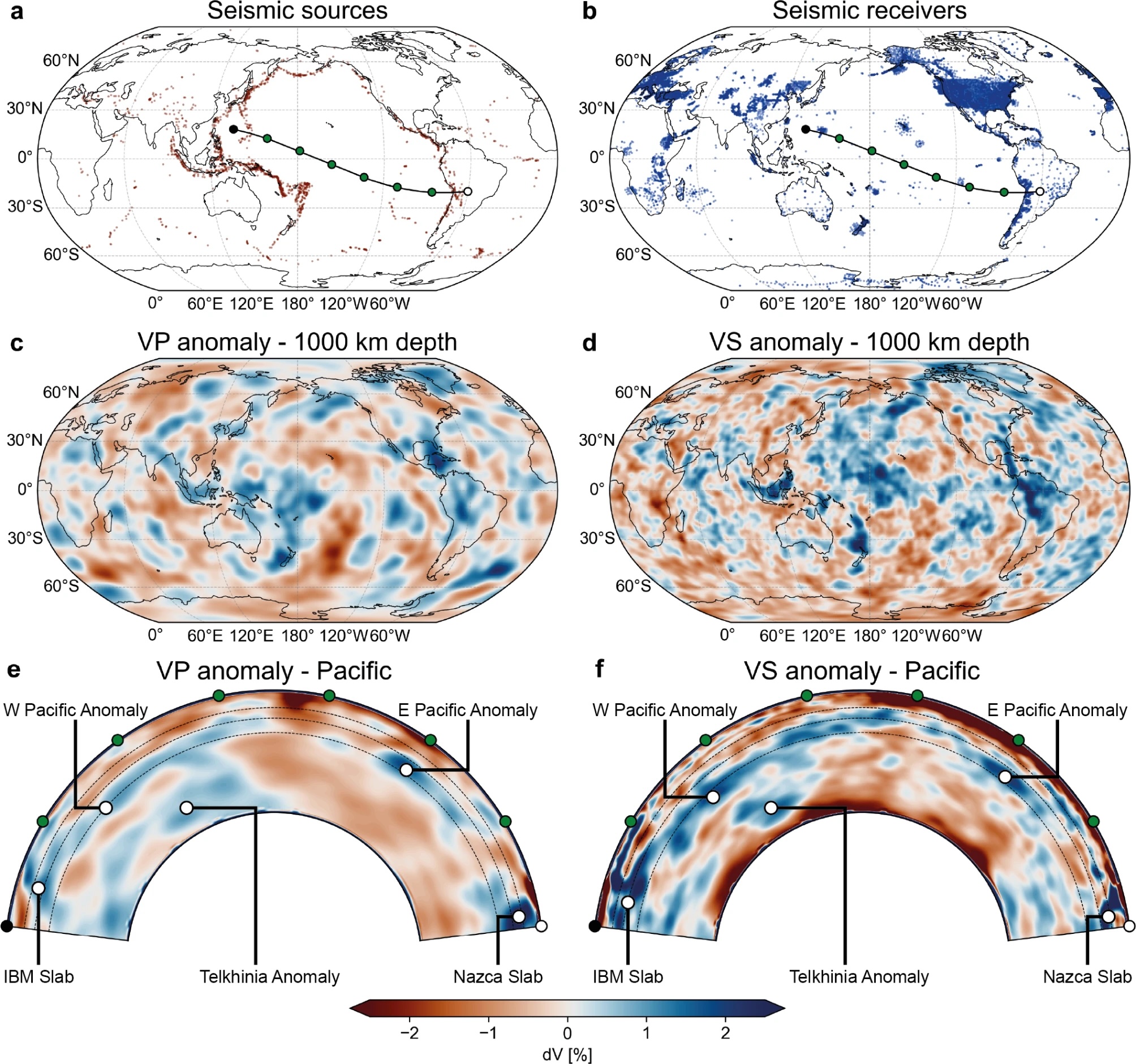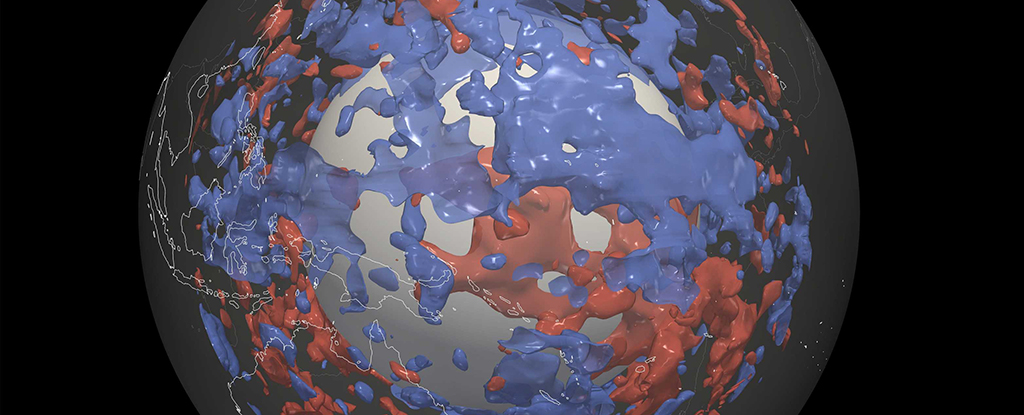Products You May Like
Waves that ripple from Earth’s centre can be used to sense what it’s made of, and where those materials might be found.
A team from Swiss university ETH Zurich and the California Institute of Technology has used these waves to discover chunks of Earth’s plates in places they really shouldn’t be.
Earth scientists have been using seismic waves to plot our world’s subterranean landscape for over a century. Like the music that radiates from a night club, these seismic signals pass through some materials faster or slower, or even bounce off them entirely, so what we ‘hear’ from the surface can tell us a lot about what’s going on within.

But the pictures we can create from these inner rumblings have been limited by our processing power, with scientists typically relying on a few easily identified kinds of waves.
For this new study, the team called on the power of the Piz Daint supercomputer to process data from every kind of earthquake wave our planet utters, enabling them to piece together a far more detailed map of its lower mantle.
In doing so, they found what look very much like the remnants of tectonic plates, huge blobs of rock that are cooler and higher-density than the surrounding lower mantle.
These fragments of our surface do have a tendency to sink into Earth’s mantle when they lose out in the plate-on-plate collision known as subduction, but when this happens, these terrestrial shipwrecks shouldn’t end up too far from where they were pushed under.
Here, however, the new high-resolution model shows massive plate-like blobs all over the world, far from any of the subduction zones known in recent geological history: beneath the western Pacific Ocean, for instance.
“Apparently, such zones in the Earth’s mantle are much more widespread than previously thought,” says Earth scientist Thomas Schouten from ETH Zurich.
Schouten thinks these inexplicable chunks throughout the lower mantle could have a variety of origins, not necessarily tectonic subduction.

The waves they used for this model, he says, essentially represent just one property of what lies beneath: that is, the speed at which they travel through Earth. This may oversimplify the picture, however.
“We have to calculate the different material parameters that could generate the observed speeds of the different wave types. Essentially, we have to dive deeper into the material properties behind the wave speed,” Schouten says.
“It could be either ancient, silica-rich material that has been there since the formation of the mantle about 4 billion years ago and has survived despite the convective movements in the mantle, or zones where iron-rich rocks accumulate as a consequence of these mantle movements over billions of years.”
The shapes detected beneath the Pacific, for instance, could be layers shed from the base of the plate, which, close to the surface, is much thinner than it should be.
Further research will be needed to determine exactly what these chunks are made up of, and how they got there. Doubtless each one has a story to tell.
This research was published in Nature’s Scientific Reports.
